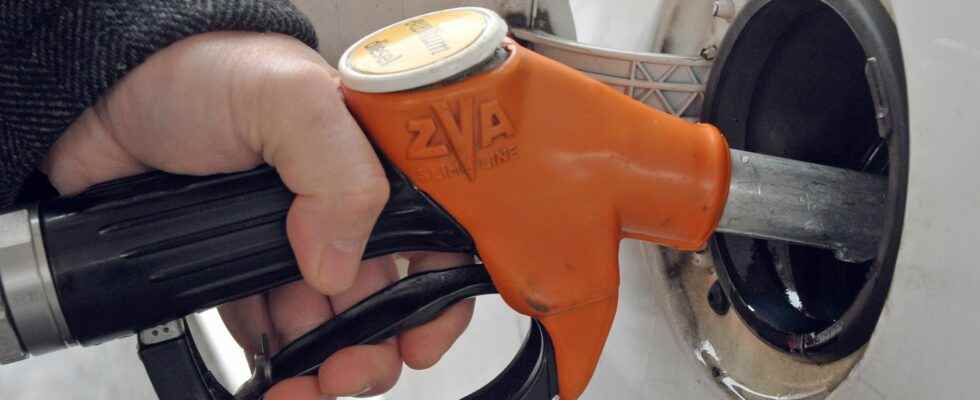Unsurprisingly, the energy crisis pierces the wallets of the French. Between January 2021 and June 2022, the purchasing power of households was affected by the rise in energy prices (electricity, gas, fuel oil and fuels), indicates an INSEE report published on Monday. Looking at rising fuel prices, retail prices were on average 20% higher for gasoline and 24% higher for diesel than their 2020 average. to the “recovery of world trade after the economic crisis due to the Covid-19 epidemic, then by the “war in Ukraine”. Same thing for heating prices: “: + 37% between January 2021 and June 2022 for gas compared to their 2020 average, + 5% for electricity and + 41% for domestic fuel oil”, underlines INSEE. In total, energy prices have inflated by 18% over this period.
Faced with these economic upheavals, the executive took measures to contain the rise in prices: the tariff shield and the discount at the pump of 15 cents excluding tax per liter (18 cents after VAT). In addition to this, there are other initiatives to support household income, such as the exceptional bonus of 100 euros from the energy check for low-income households as well as an allowance of 100 euros for people receiving less than 2,000 euros net monthly, known as “compensation or inflation bonus”, were put in place at the end of 2021. However, this aid did not constitute a sufficient cushion for the French, strangled by the rise in energy prices.
“According to the Ines microsimulation model, over the period of one and a half years between the beginning of 2021 and mid-2022, the average disposable income, including these aids and corrected for energy expenditure, is 720 euros lower than what it would have been if the prices had remained those of 2020, i.e. – 1.3%”, underlines INSEE. All households are affected, but even more so those living outside the urban unit. Why ? They consume more fuel. “Their loss of disposable income corrected for energy expenditure is, after payment of aid, 910 euros on average over the period (- 1.7%), compared to 780 euros in urban units of less than 20,000 inhabitants (- 1, 6%), 650 euros in units of 200,000 to less than 2 million inhabitants (- 1.2%), or 580 euros for households living in the Paris metropolitan area (- 0.8%)” , details INSEE.
Despite aid, low-income households lose an average of 300 euros
In municipalities outside the urban unit, average household energy expenditure is on average 30% higher than in the population as a whole, and 60% higher than in the Paris metropolitan area. According to INSEE, the rise in fuel prices accounts for more than half of the increase in household energy expenditure outside the urban unit: 51%, compared to 43% to 46% for households in urban units outside the Paris agglomeration, and 37% for households in the Paris conurbation, for whom heating and electricity expenses clearly predominate. In addition, the inhabitants of the Paris area travel to work by car much less often than those of the other areas of attraction of the cities. Overall, Parisian households are the most spared by the rise in energy prices.
For their part, low-income households receive the largest amounts of aid, but they remain the most affected in proportion to their income, with an average loss of disposable income corrected for energy expenditure of -1.6% for the 30% the poorest, against -1.2% for the wealthiest 30%. Note that the net loss increases with the standard of living. “The poorest households lose an average of 300 euros between January 2021 and June 2022, the 10% of people just above the median 770 euros and the wealthiest 10% 1,230 euros”, underlines INSEE. It should be understood that energy expenditure swallows up for the most modest households, a large part of their income. INSEE speaks of “14% for the 10% of the poorest households”, against “5% for the 10% of the wealthiest households”.
But would the loss of purchasing power of the French have been worse without government aid? According to INSEE, the answer is yes. The price shield on gas and electricity and the rebate at the pump would have contained the increase in household spending by an average of 270 euros between January 2021 and June 2022. “In October 2021, regulated gas prices were frozen, benefiting households who have taken out a contract at the regulated sales tariff (TRV) or a contract indexed to the TRV. According to the Energy Regulation Commission (CRE), this freeze has avoided a 47% increase in regulated tariffs between October 2021 and June 2022”, indicates INSEE.
